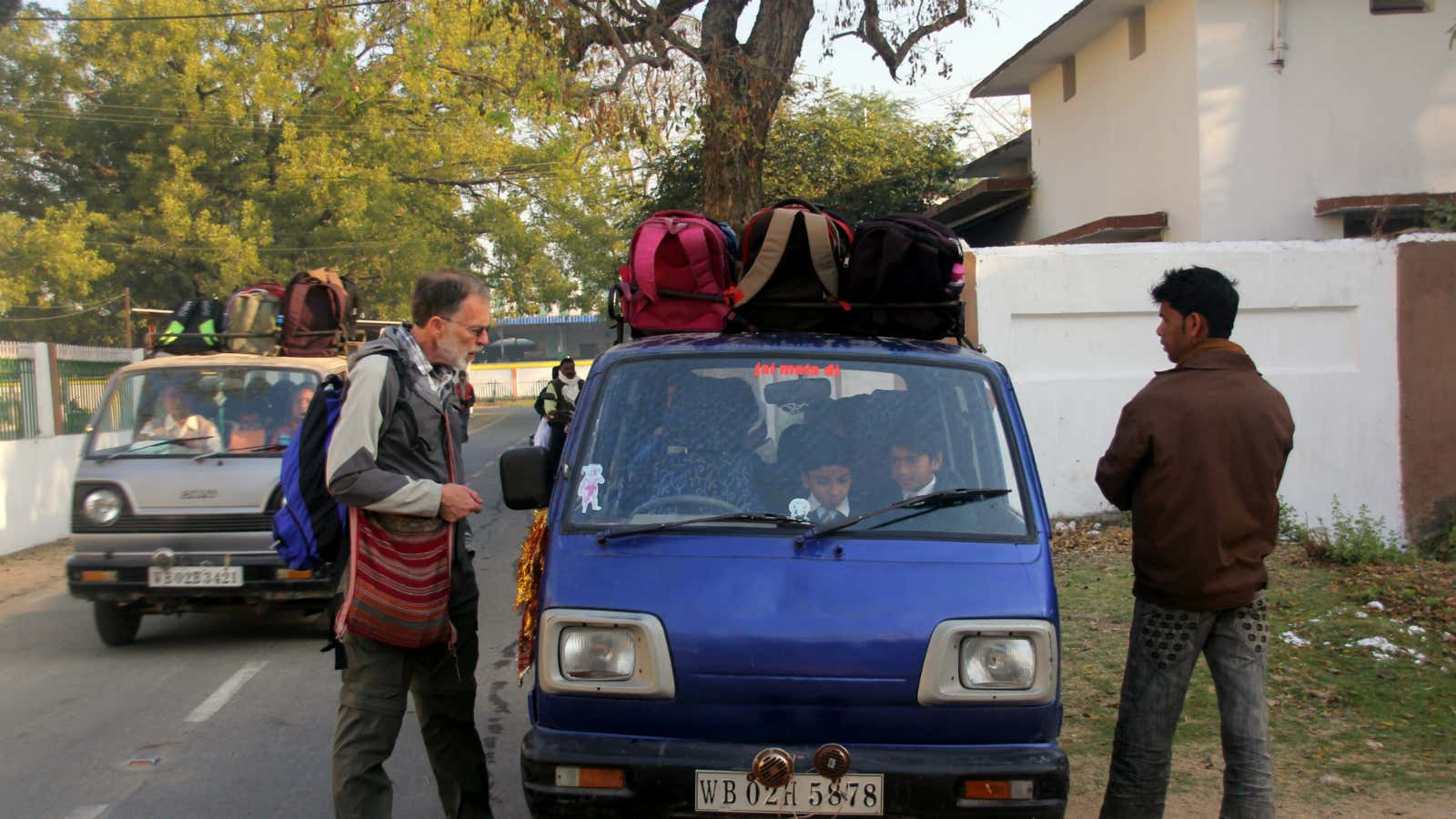An entire generation that grew up in the 1990s would remember going to school either in a school bus or pooled in an eight-seater Maruti Omni. The vehicle, with its two sliding doors, was also the favourite of the clichéd Bollywood kidnapper.
But now, the iconic van is on its last mile. Maruti Suzuki, its maker, has said that the Omni will not be manufactured after October 2020.
“There are certain models that cannot be made ready to meet the upcoming safety norms and we will have to discontinue them, Maruti Omni being one,” the company’s chairman, RC Bhargava, said on the sidelines of a press conference to announce the company’s second-quarter results last week. “The Maruti 800 was a very important model for us but we had to discontinue it; in a similar manner, we will also discontinue the Omni.”
The other models being reviewed are the Eeco Van and the entry-level Alto 800 hatchback.
The 34-year-old Omni has been an important sales driver for Maruti, accounting for about 40% of India’s van sales. But in its present form, it cannot continue on Indian roads.
By 2022, all new cars manufactured in India have to comply with the Bharat New Vehicle Safety Assessment Program (BNVSAP), which will assign star ratings to cars based on their safety performance. Automakers will also have to comply with the Bharat Stage Six (BS-VI) emission norms to be implemented from April 2020.
“Omni doesn’t qualify for either (BNVSAP nor BS-VI). So Maruti has to invest in making the vehicle compliant with the new norms, which will obviously push up its cost. In a market like India, it makes very little sense (for the company) to invest in products like Omni or Alto,” said Puneet Gupta, associate director at the London-based global information provider IHS Markit.
Rarely has a car model in India undergone major changes over the years. This inability to adapt to changing consumer needs makes them lose out in the market. And the Omni is no different. Since its launch in 1984, the Omni got just two facelifts—in 1998, it got squared headlamps with a slightly wider body, and in 2005 it got a new dashboard.
This is in contrast to the US market where iconic cars like the Chevrolet Corvette, the Chevrolet Camaro, and Ford Mustang have witnessed about 10 iterations, each an overhaul of the previous model, and with the latest technologies.
“In India, there were not many options initially (in the 1980s). There were probably about six models. Out of which a few were the most dependable and hence sold the most. So cars became iconic in India not because they were very good, but because there was no choice. Cars should have a life cycle of six to seven years,” said Deepesh Rathore, director at consulting firm Emerging Markets Automotive Advisors.
Here are some other iconic Indian vehicles that were pensioned off in the last few years:
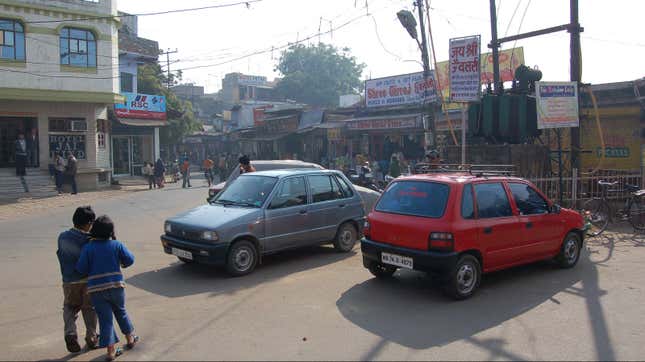
Maruti Suzuki 800: Launched in 1984, the much-loved Maruti 800 remained in production for over 30 years. The car was based on the Suzuki Fronte and was powered by a 796cc, two-cylinder petrol engine. The last model was rolled out from Maruti’s plant in the northern Indian city of Gurugram in 2014.
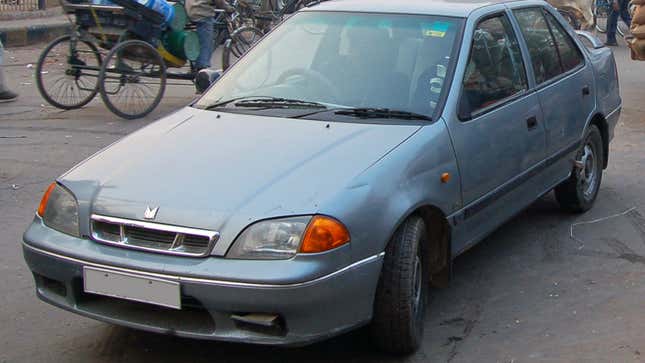
Maruti Suzuki Esteem: Maruti Suzuki’s first sedan on Indian roads was the Maruti 1000, which was rechristened as the Maruti Esteem in 1994 after it got a more powerful engine. The company stopped manufacturing the Esteem in 2008, replacing it with the Swift variant.
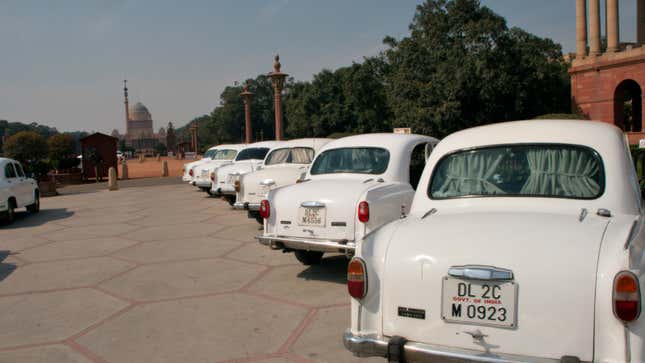
Hindustan Motors Ambassador: The once-upon-a-time politician’s car, the Ambassador was launched in India in 1958. It was based on the British Morris Oxford. Called the king of Indian roads, this car was a hit with fleet owners because of its comfortable back seats and spacious build. The manufacturing of the Ambassador was discontinued in 2014 by the CK Birla Group-owned Hindustan Motors (HM). In 2017, French auto major Peugeot acquired the Ambassador nameplate for Rs80 crore.
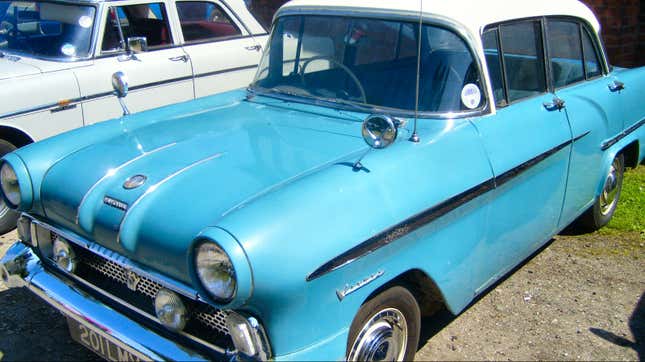
Hindustan Motors Contessa: Nicknamed the Conty, the car was launched in 1984. It was one of the few Indian-made luxury cars in the market. The company tied up with Isuzu of Japan in the late 1980s and launched a new variant called the Contessa Classic. With the advent of more modern cars from General Motors, Ford, Fiat, and Tata, the demand for the Contessa began to wane.
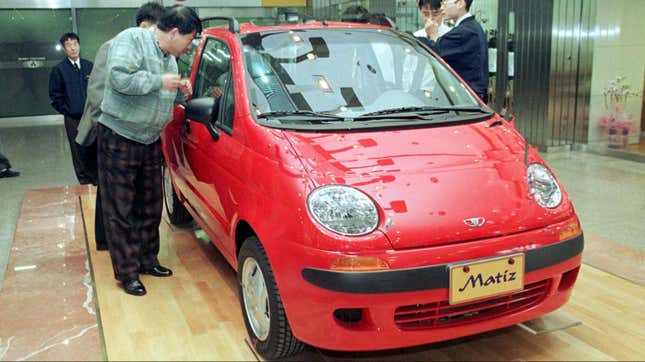
Daewoo Matiz: South Korean automobile company Daewoo launched its best-known car, the Matiz, in 1999. It was conceptualised by the Italian automobile designer Giorgetto Giugiaro and was based on his 1992 Lucciola concept car. The Matiz went on to become the best-seller in the company’s stable in the next four years. The car was discontinued in 2000 after Daewoo ran into bankruptcy.

Mitsubishi Lancer: One of Japan’s most iconic nameplates, the Lancer was launched in 1973. It came to India in 1998 alongside the Honda City and went on to become a popular car because of its great driving dynamics. The company tried reinventing the car as Mitsubishi Cedia in 2012 but failed. The Lancer was discontinued in 2017.
Feature image by Paul Hamilton on Wikimedia Commons, licensed under CC BY-SA 2.0. Inline images by Bahnfrend (Maruti 800 and Esteem), Christian Haugen (Ambassador), and Ronald Saunders (Contessa) on Wikimedia Commons, licensed under CC BY-SA 3.0 and CC BY-SA 2.0.
